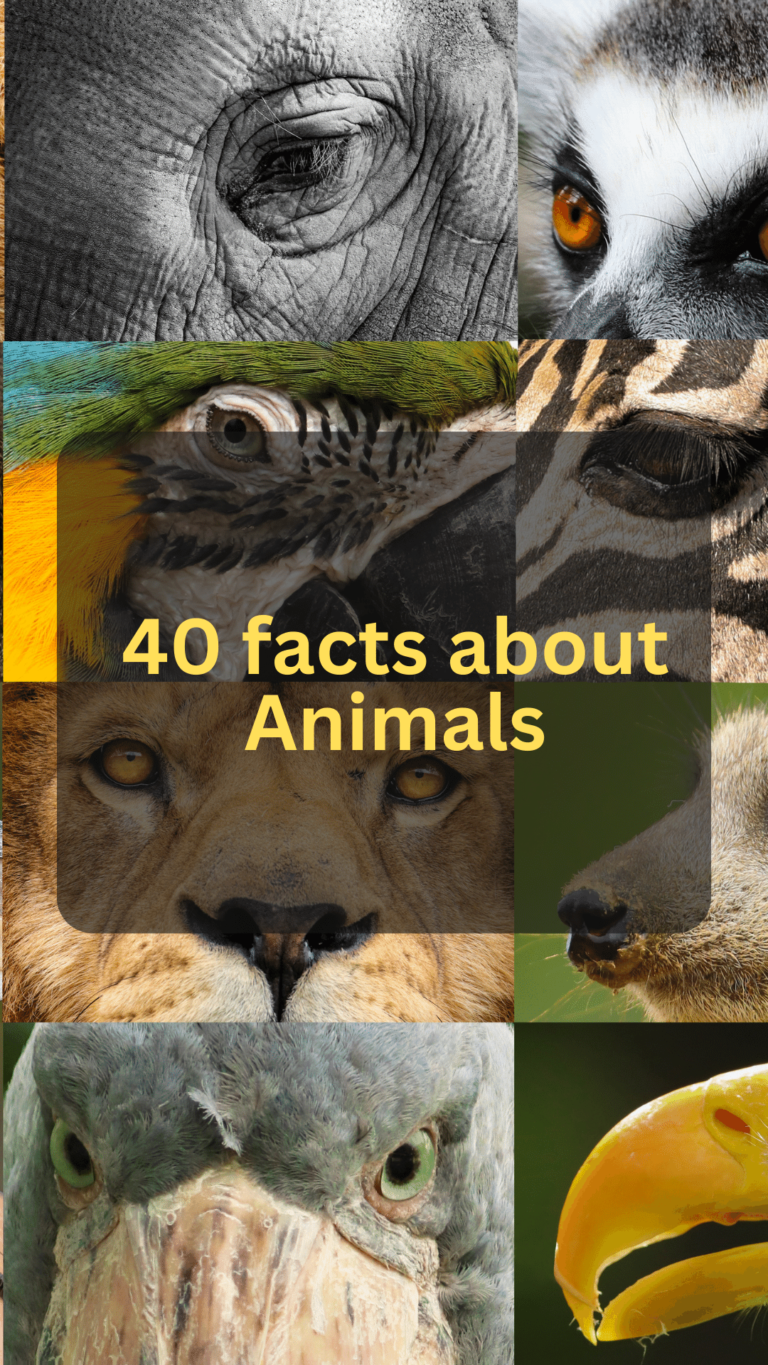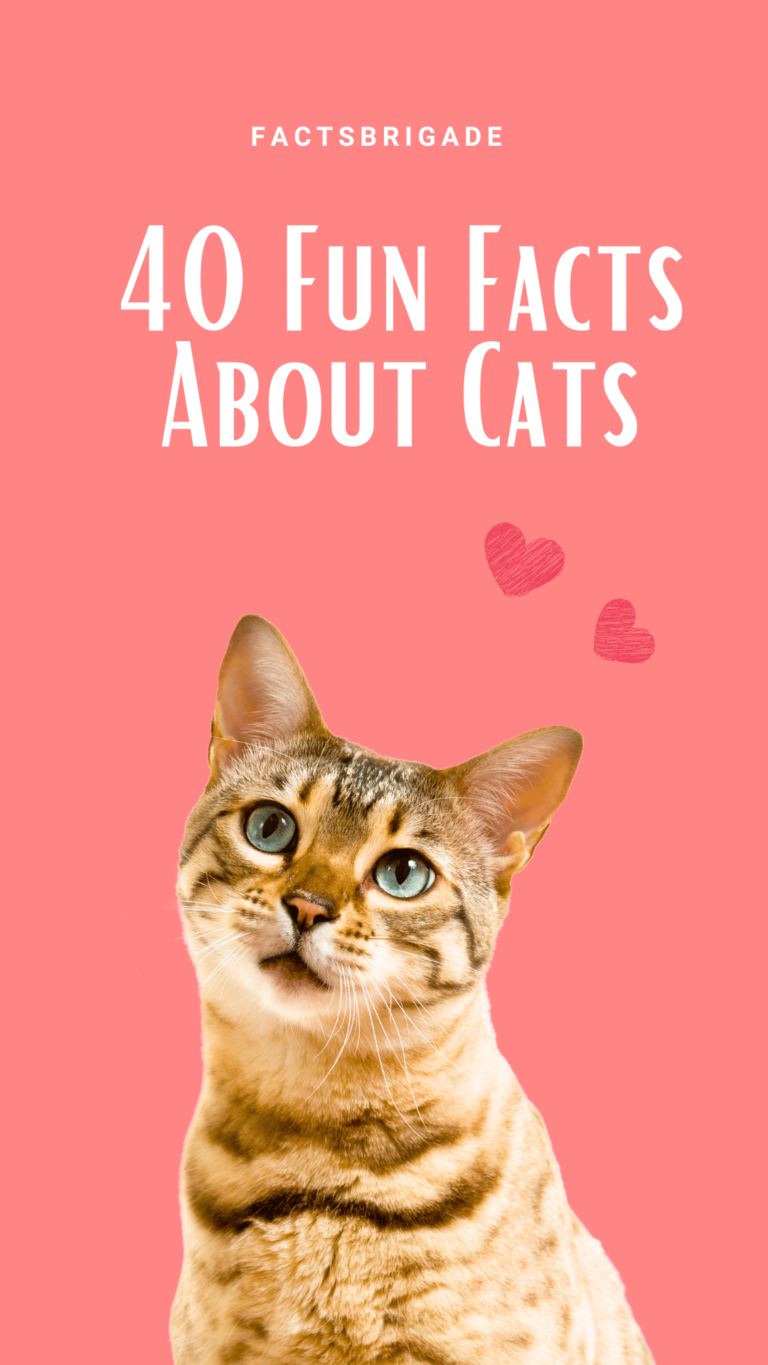40 Fun facts about penguins
- Penguins are flightless birds. Their wings have evolved into flippers that help them swim underwater.
- All penguins live in the Southern Hemisphere.
- There are 18 different species of penguins.
- The emperor penguin is the largest species, growing up to 1.3 meters (4.3 ft) tall.
- The little blue penguin is the smallest species, growing up to only 40 cm (16 in) tall.
- Penguins are carnivores whose diet mainly consists of fish, squid, and krill.
- Penguins can drink saltwater. They have a special gland above their eyes that helps to remove excess salt from their bodies.
- Penguins have a waterproof coat of feathers that helps to keep them warm in the cold water.
- Penguins huddle together in groups for warmth. This behavior is called huddling.
- A group of penguins in the water is called a raft.
- A group of penguins on land is called a waddle.
- Penguins are very social creatures and live in colonies that can number in the thousands.
- Penguins are monogamous birds and mate for life.
- The male penguin incubates the egg while the female penguin goes out to sea to feed.
- Baby penguins are called chicks.
- Penguin chicks are covered in soft down feathers that help to keep them warm.
- Both male and female penguins take care of their chicks after they hatch.
- Penguins are excellent swimmers and can reach speeds of up to 35 kilometers per hour (22 mph).
- The fastest swimming penguin is the gentoo penguin.
- Penguins can dive to great depths. The emperor penguin can dive up to 500 meters (1,600 ft) deep.
- Penguins use their wings to propel themselves underwater.
- Penguins have excellent eyesight underwater.
- Penguins can hold their breath for long periods of time.
- Penguins are preyed upon by seals, sea lions, and orcas.
- Penguin populations are threatened by habitat loss, climate change, and pollution.
- Penguins are an important part of the marine ecosystem.
- Penguins are popular birds and are often featured in movies, cartoons, and books.
- The tuxedo-like plumage of penguins is called countershading and helps them camouflage themselves from predators in the water.
- Some penguin species, like the emperor penguin, can walk long distances over land. Emperor penguins can walk up to 100 kilometers (62 miles) to reach their breeding grounds.
- Penguins have a layer of fat under their skin that helps to keep them warm and insulated.
- The Adelie penguin is the most common penguin species. There are an estimated 10 million breeding pairs of Adelie penguins in the world.
- The king penguin is the second largest species of penguin after the emperor penguin.
- The macaroni penguin gets its name from the orange stripe of feathers on its head, which resembles the macaroni pasta.
- The rockhopper penguin gets its name from the yellow tufts of feathers it has above its eyes.
- The Fiordland penguin is the rarest species of penguin. There are only about 2,500 breeding pairs of Fiordland penguins left in the world.
- Penguins can “fly” through the water. Their streamlined bodies, wings that act like flippers, and powerful legs propel them through the water with great agility.
- Penguins have a preen gland that produces an oil that they use to waterproof their feathers.
- Penguins communicate with each other through a variety of vocalizations, including calls, whistles, and trumpets.
- Penguins are truly fascinating creatures that have adapted to live in a harsh environment.
- Penguins can drink salt water! They have a special gland above their eyes that helps them remove excess salt from their bodies.



